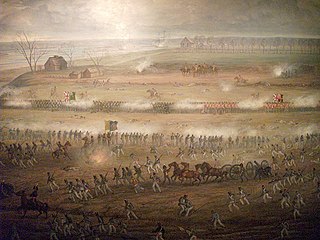
The Battle of Crysler's Farm, also known as the Battle of Crysler's Field, was fought on 11 November 1813, during the War of 1812. A British and Canadian force won a victory over a US force which greatly outnumbered them. The US defeat prompted them to abandon the St. Lawrence Campaign, their major strategic effort in the autumn of 1813.

Donald Alexander Macdonald was a Canadian politician.
Dundas County is a former county in the province of Ontario, Canada. It was named after Henry Dundas, 1st Viscount Melville, who was the British Home Secretary (1791–1794), with responsibility for the colonies.

The United Counties of Stormont, Dundas and Glengarry (SDG) is an upper-tier municipality in the Canadian province of Ontario that comprises three historical counties and excludes the City of Cornwall and the Mohawk Nation of Akwesasne. However, both Cornwall and Akwesasne form part of a larger census division named for the United Counties of Stormont, Dundas and Glengarry. The municipality's administrative office is located within Cornwall.
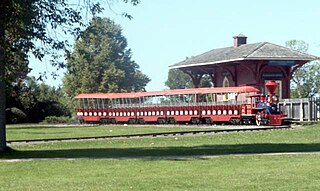
South Dundas is a municipality in eastern Ontario, Canada, in the United Counties of Stormont, Dundas and Glengarry along the north shore of the St. Lawrence River. It is located approximately 100 kilometres south of Ottawa and is midway between Kingston and Montreal, Quebec.

Stormont, Dundas and Glengarry Highlanders is a Primary Reserve infantry regiment of the Canadian Army. It is part of 33 Canadian Brigade Group, 4th Canadian Division and is headquartered in Cornwall, Ontario.

The 154th Battalion, CEF was a unit in the Canadian Expeditionary Force during the First World War. Based in Cornwall, Ontario, the unit began recruiting in late 1915 from the 59th Stormont and Glengarry Regiment and in Stormont, Dundas, and Glengarry Counties. The battalion is perpetuated by the Stormont, Dundas and Glengarry Highlanders.
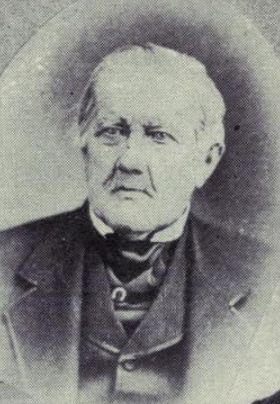
John Pliny Crysler was a timber merchant and political figure in Canada West.
The Glengarry Light Infantry Fencibles were a light infantry unit, raised chiefly in the Glengarry District of Upper Canada shortly before the outbreak of the Anglo-American War of 1812. The unit fought throughout the war, and was disbanded shortly afterwards.
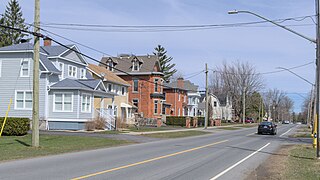
Morrisburg is an unincorporated community in the Municipality of South Dundas, located in Eastern Ontario, Canada. The population was 2,398 at the 2021 census.
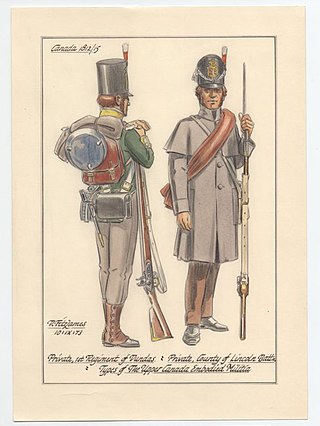
The Dundas County Militia was a regiment of the provincial militia of Upper Canada that was raised in Dundas County, Ontario, in the 1780s. The battle honours and legacy of the Dundas Militia are perpetuated by the Stormont, Dundas and Glengarry Highlanders.
The Battle of French Mills or First Salmon River Raid was a raid and battle fought on November 22, 1812. 100 American soldiers stationed at French Mills led a successful attack against 45 Canadian voyageurs on 22 October at the Battle of St. Regis. Half returned to French Mills while the other half departed for Plattsburgh, New York. In retribution, a mix of Canadian regulars and militia amounting to 150 men attacked the 50 Americans at French Mills forcing their surrender.
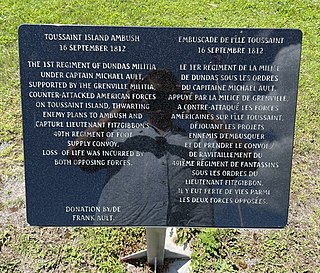
The Battle of Matilda, also known as the Battle of Toussaint's Island, was an early skirmish of the War of 1812 fought on September 16, 1812 between American and Canadian militia in the St. Lawrence River near the township of Matilda, in Dundas County.
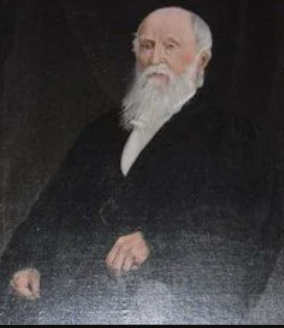
Jacob Farrand Pringle was a Canadian judge, soldier, and politician in Cornwall.
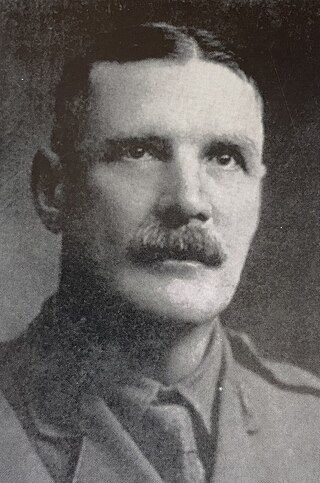
Alexander George Fraser Macdonald was a Canadian soldier and publisher who commanded the 154th Battalion, CEF during the First World War. He was also a good friend of Sir Sam Hughes.
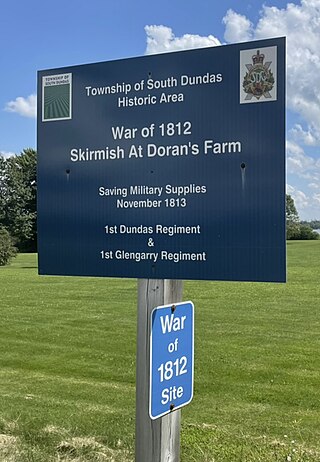
The Skirmish at Doran's Farm was a small skirmish during the War of 1812 fought during Wilkinson's advance up the St. Lawrence.

The Battle of Hoople's Creek,, was a skirmish fought on November 10, 1813, as a precursor to the Battle of Crysler's Farm.

The Occupation of Cornwall was the capture and occupation of the town of Cornwall following the Battle of Crysler's Farm.
The Salmon River Raid was a raid conducted by British forces in February 1814 against the recently abandoned American bases along the Salmon River near French Mills, New York. A previous raid and battle at French Mills had been conducted in 1812.
The Assault on Ogdensburg, also known as the First Battle of Ogdensburg or the Battle of Prescott, was an attack by Canadian militia on the American defences at Ogdensburg on October 4, 1812.
















